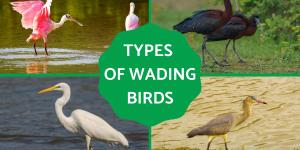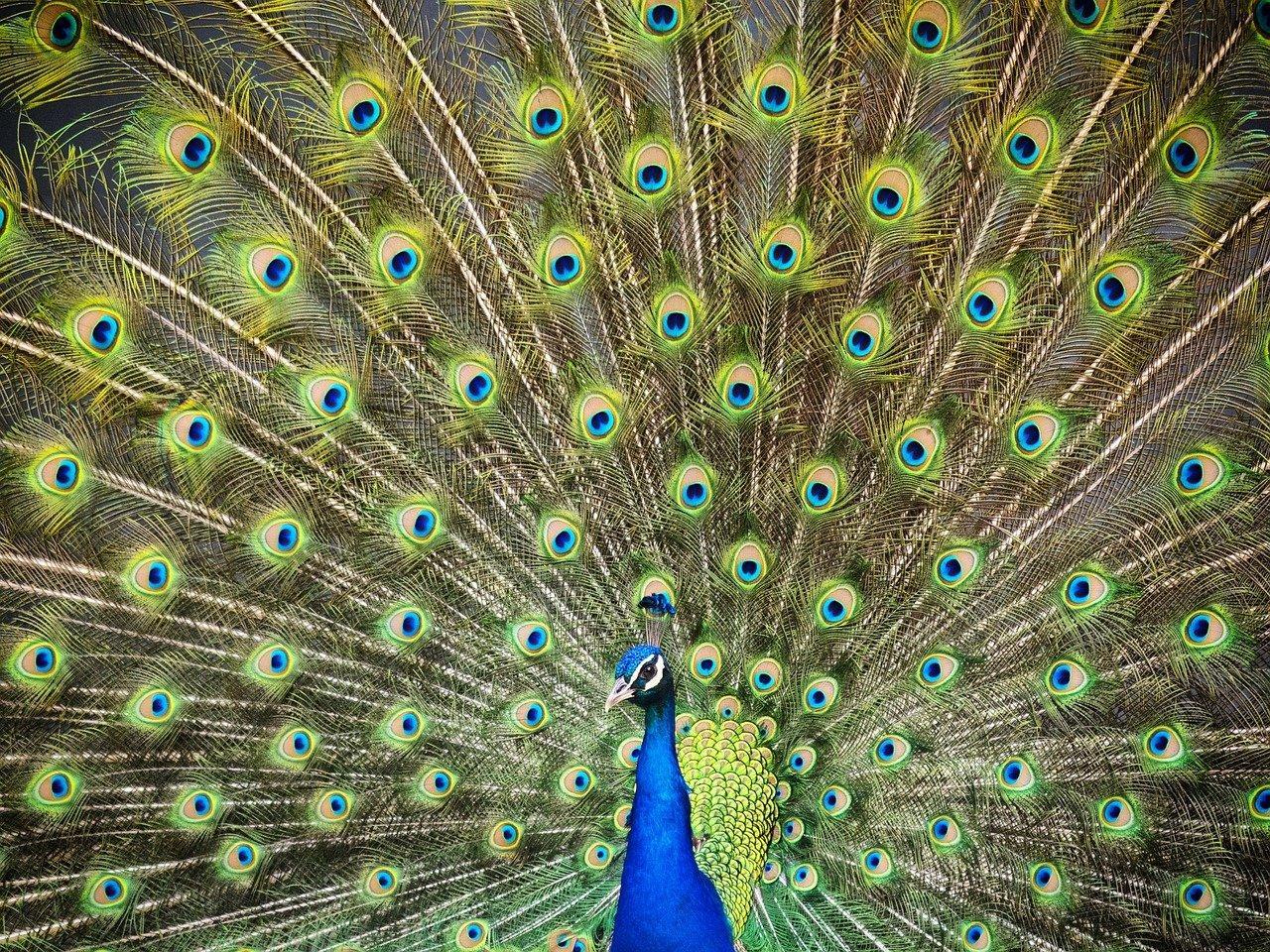How Birds Reproduce - Stages of Bird Reproduction


Bird reproduction is a complex and fascinating process that involves a variety of behaviors and adaptations. Just like humans, birds must find a mate, build a nest, and care for their young. However, birds have their own unique ways of doing things. For example, male birds often sing elaborate songs to attract females, and some birds even build elaborate nests to attract mates.
In this article, we will explore the different phases of bird reproduction, from courtship to brooding. We will also discuss the different adaptations that birds have evolved to help them reproduce successfully.
When do birds mate?
The breeding season for birds varies depending on the species and location. In general, most birds reproduce during the spring and summer, when there is more food available and the weather is warmer. This is because the warmer weather allows the birds to find food more easily, and the longer days give them more time to raise their young.
However, there are some exceptions to this rule. For example, some birds that live in cold climates, such as the snow bunting, may reproduce during the winter. This is because some cold-climate birds, such as the snow bunting, rely on insects that are active during the winter. Other birds, such as pigeons, may reproduce throughout the year. This is because pigeons are generalists and can find food in a variety of conditions.
The specific factors that influence bird reproduction vary depending on the species. However, the availability of food and mates are two of the most important factors. Birds need to have enough food to support themselves and their young, and they also need to find a mate.
The availability of food is especially significant for birds that live in cold climates. In these climates, the food supply may be limited during the winter, so birds need to reproduce during the spring and summer when there is more food available.
The availability of mates is also essential for bird reproduction. Some birds are monogamous and mate for life, while others are polygamous and mate with multiple partners. The availability of mates can affect the number of offspring that a bird produces.
In addition to food and mates, other factors that can influence bird reproduction include:
- Hormones: birds have hormones that regulate their reproductive cycle. These hormones are influenced by a variety of factors, such as the length of the day and the availability of food.
- Behavior: birds exhibit a variety of behaviors during the breeding season, such as singing, building nests, and defending their territory. These behaviors help birds to attract mates and raise their young.
- Climate change: climate change is affecting the breeding season of many birds. As the climate warms, birds are starting to reproduce earlier in the year. This can be a challenge for birds that are adapted to breeding during the spring and summer.
The breeding season for birds is a complex process that is influenced by a variety of factors. By understanding these factors, we can better understand the challenges that birds face and how we can help them to reproduce successfully.
Want to learn more about the different types of birds? Read our article on bird classification.
Courtship behavior in birds
Once the breeding season arrives, birds undergo a variety of changes in their behavior and appearance. This is known as courtship.
In this sense, courtship behaviors can be used to attract mates, to assess the fitness of a potential mate, as well as to establish dominance hierarchies. This is largely due to the fact that these courtship behaviors can be costly for birds. For example, a male bird may expend a lot of energy singing or building a nest.
Some common courtship behaviors in birds include:
- Singing: many birds sing elaborate songs to attract mates. The songs are often complex and can be used to identify different species.
- Displaying: some birds display their feathers or plumage in ways that are intended to attract mates. This may involve spreading their wings, fluffing their feathers, or raising their crests.
- Dancing: some birds perform elaborate dances as part of their courtship. These dances may involve hopping, flapping their wings, or bowing.
- Building nests: some birds build nests as part of their courtship. The nests are often built by the male bird, and they can be used to attract a mate or to show the female bird that he is a good provider.
- Offering food: some birds offer food to their potential mates. This is a way of showing that they are able to provide for their young.
Courtship behaviors can be very elaborate and complex, and they vary from species to species. The specific behaviors that a bird uses will depend on its own unique ecology and environment.
The goal of courtship is to attract a mate and to reproduce. If the courtship is successful, the male and female bird will mate and lay eggs. The eggs will hatch into chicks, and the parents will then work together to raise their young.
Courtship is an important part of the life cycle of birds. It helps to ensure that birds reproduce successfully and that their genes are passed on to the next generation.

Copulation in birds
Once courtship is successful, birds proceed to the final act of their avian ballet: copulation. This act may be brief or more extended, depending on the species, but it is always an example of the fascinating adaptations of birds.
The cloaca is a common chamber that receives the reproductive, excretory, and digestive tracts of birds. It is located at the base of the tail. The cloaca of the male bird has a small opening called the phallus, which is used to deposit sperm into the cloaca of the female bird. The female bird's cloaca does not have a phallus.
The process of copulation in birds is called cloacal kiss. The male and female birds press their cloacas together, and the male bird deposits sperm into the female bird's cloaca. Copulation usually takes place in the nest, but it can also occur in other locations.
Once a male bird successfully fertilizes a female's egg, that egg embarks on an incredible journey through the female's reproductive system. It goes through various stages in the oviduct, where it gets layers of protection and nourishment added before finally being laid through the cloaca, marking a vital step in the bird's life cycle.
Birds are oviparous, which means that they lay eggs. The eggs are incubated by the female bird, or sometimes by both the male and female bird. The incubation period varies depending on the species of bird.
Ever wonder what the biggest birds in the world are? Find out in our article.

Nesting behavior of birds
Birds establish their territories by building nests in a variety of locations, including bushes, grass, sand, trees, and other structures. The nest helps to protect the eggs from predators and provides a safe place for the female bird to hatch them.
In most bird species, the male bird is responsible for finding the ideal nesting spot and building the nest. This nest-building process is part of courtship, and it helps to attract a mate. The type of nest that a bird builds depends on the species and the environment. Some common types of nests include:
- Bowl nests: these nests are made of a variety of materials, such as twigs, leaves, and grass. They are often lined with soft materials, such as feathers or fur.
- Cup nests: these nests are similar to bowl nests, but they are more cup-shaped. They are often made of mud or clay.
- Hanging nests: these nests are suspended from branches or other structures. They are often made of vines or other flexible materials.
- Underground nests: these nests are dug into the ground. They are often made by burrowing birds, such as quail and pheasants.
- Depression nests: These nests are simply shallow depressions in the ground. They are often made by ground-nesting birds, such as chickens and ducks.
It is important to note that the nest-building process can be very complex and time-consuming. Some birds, such as weaverbirds, build elaborate nests that can take weeks to complete. The type of nest that a bird builds is also influenced by the availability of materials, so birds that live in areas with few trees may build nests on the ground.
Once the nest is built, the female bird lays her eggs. The number of eggs that a bird lays varies depending on the species. Some birds lay only a few eggs, while others lay dozens of eggs.
The eggs are incubated by the female bird, or sometimes by both the male and female bird.
The incubation period varies depending on the species. Some birds, such as chickens, have a short incubation period of only a few weeks. Other birds, such as ostriches, have a long incubation period of several months. The environment also influences the incubation period. Birds that live in cold climates often have longer incubation periods than birds that live in warm climates.
Chick development and care in birds
After birds lay their eggs, the parents incubate them. The incubation period typically lasts for 21 days, but it can vary depending on the species. During incubation, the eggs are kept warm and protected from predators.
When the chicks hatch, they are usually blind and helpless. They rely on their parents for food, warmth, and protection. The parents provide food by regurgitating it into the chicks' mouths. The chicks are fed for several weeks or even months until they are old enough to fend for themselves.
As the chicks grow, they reach a point where they are ready to fledge, or fly for the first time. This typically occurs within a few weeks of hatching. Even after the chicks have learned to fly, their parents continue to watch over them and provide them with food and protection.
Eventually, the chicks will leave the nest and start to live independently. The size and weight of chicks at hatching can vary significantly depending on the bird species. However, the journey from hatching to fledging is a critical phase in the life cycle of these young birds.
Digging into the diet of birds? Our article on herbivorous birds is for you.
If you want to read similar articles to How Birds Reproduce - Stages of Bird Reproduction, we recommend you visit our Wild animals category.
- ScienceAQ. (2019). What time of year did the rainforests depongono the wind? Available at: http://it.scienceaq.com/Nature/100213957.html
- Plitt, L. (2010). The bird that uses an optical illusion to attract females. Available at: https://www.bbc.com/mundo/ciencia_tecnologia/2010/09/100915_ave_ilusion_optica_lp
- Ackerman, J. (2016). Why Bird Fathers are superior . Available at: https://www.wsj.com/articles/why-bird-fathers-are-superior-1466086239







